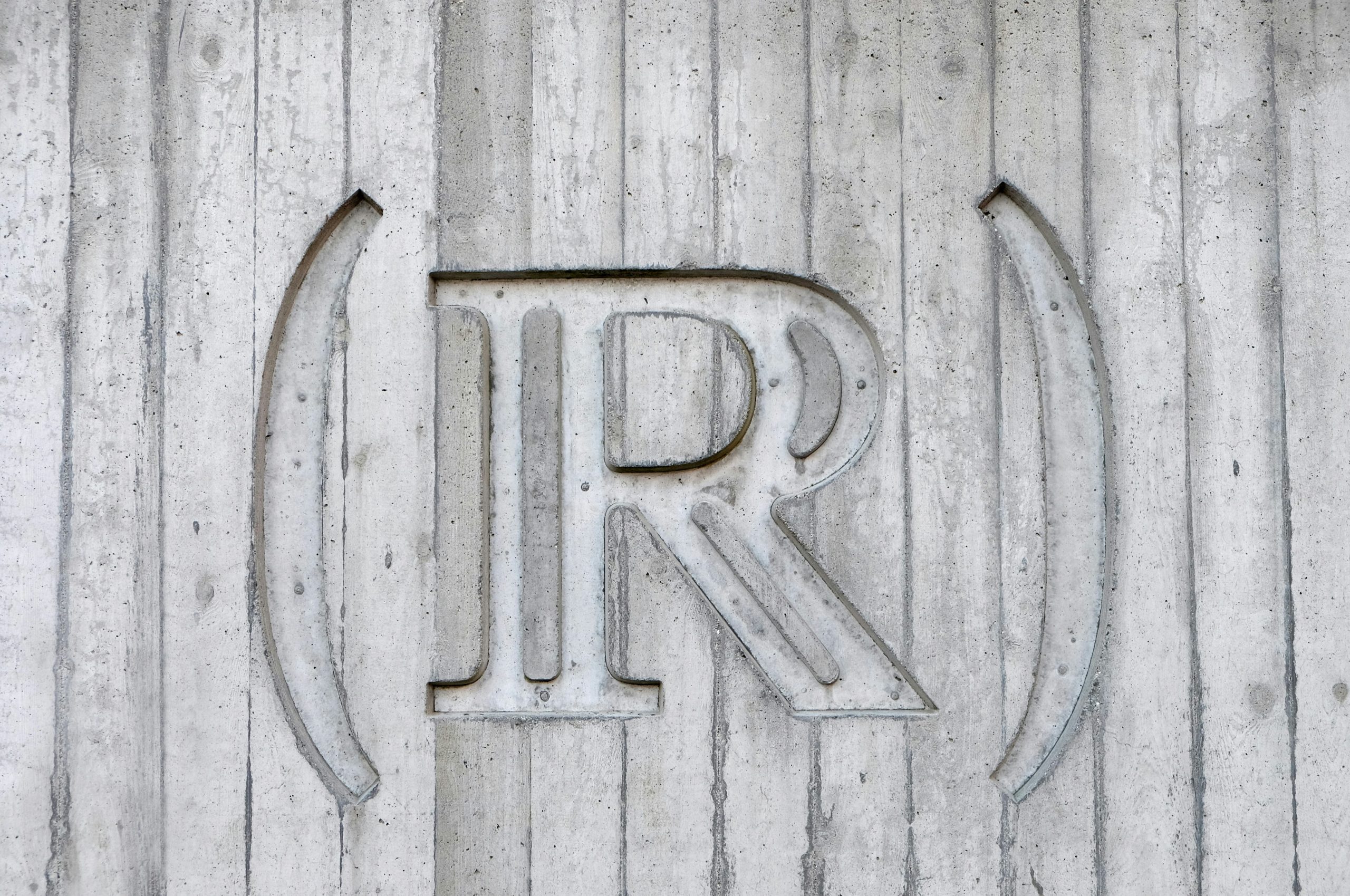When COVID-19 struck businesses in March of 2020, many assumed the impact would be short-lived, that after a few weeks of shutdowns and lock-ins, business and life would return to normal. Now, well over a year later, and with new variants and surges emerging despite vaccines, the question is: when, how, or even if, a return to offices will occur. Employees are increasingly likely to seek other opportunities if their employers press a return to full-time, in-person work. Job seekers have also begun prioritizing remote work options when looking for new jobs.
Facing this rising desire to stay remote or move to a hybrid work model, employers must now determine what their physical workspace needs are in the post-pandemic world. A recent McKinsey study forecasts that roughly 38% of businesses will implement some sort of hybrid work arrangement in industries where remote work is feasible. This will likely result in a dramatic shift in the commercial real estate space, particularly where office spaces are concerned, as employers find they don’t want to be locked into a long-term lease, want more flexibility in their leased spaces, or that they need significantly less space than they previously required for their workforce. In a post-COVID world, many lease provisions will play a key role in future lease negotiations, and this shift may see tenants wielding more negotiating power than ever before.
1. Term
While negotiating the term of a lease is nothing new, we may see a trend toward shorter lease terms in the future. Previously, landlords were reluctant to grant leases for commercial spaces in less than five-year terms, particularly where there was build-out performed as part of a landlord’s lease obligations. However, given the shift in the real estate market, and the increases in vacant commercial space, landlords may have to accept shorter-term leasing arrangements from potential tenants who don’t want to get locked into leases given the uncertainty of the world and the shift toward hybrid work models.
2. Expansion/Contraction
Tenants may be seeking options that will allow them to adjust their space needs as they change in post-pandemic leases. Tenants may seek to expand their space as more employees come in for workdays, or to accommodate necessary physical distancing requirements. Conversely, as many employees continue to work remotely, tenants may only need a fraction of the space previously required because there are simply fewer bodies in the building at any given time. Landlords may have limited flexibility here but may also want to leave the door open depending on what their vacant space looks like, and whether trades can be made between tenants who are seeking more space with tenants who are seeking less space. Landlords may even elect to keep certain spaces open as short-term (e.g., daily, or weekly) rental options for tenants who only need more space for brief stretches of time.
3. Force Majeure.
Force majeure provisions were often the first contract provision everyone looked to when COVID hit to determine their liability and ability to avoid consequences for a lack of performance under the terms of the lease or contract. Pre-pandemic, force majeure clauses typically did not offer tenants relief from their obligation to pay rent, even if they may have offered protection from breaching their leases for failure to continuously operate their businesses out of the leased premises. Moving forward, landlords and tenants should expect force majeure provisions to be a more heavily negotiated lease provision, including specific language relating to government shutdowns, public health orders, and crises.
4. Subleasing and assignment.
When lessees become unable to meet their obligations under their leases due to either reduced business or shutdowns and government mandates, they may try to either sublease their spaces or transfer their leases to a third party by assigning the lease. Prior to the pandemic, many landlords, particularly in commercial leases, were reluctant to allow tenants to sublease or assign their leases. Lessees who could sublet or assign their spaces under the terms of their leases were able to defray their overhead costs by finding sublessees or assignees for spaces they either no longer needed or were no longer able to use during the pandemic. As such, assignment and sublease provisions became valuable focal points in existing leases and will likely be heavily negotiated in new leases.
Beyond the shift in lease provisions, it is likely that more and more tenants will seek flexible working spaces that allow people to work in person when desired or necessary. To capitalize on the new hybrid work models, landlords and owners must consider how to best transition their spaces and lease agreements to give tenants flexibility, or risk being stuck with empty commercial spaces.
The real estate team at Milgrom & Daskam is skilled at drafting and negotiating commercial leases, and whether you’re a landlord or a tenant, we would love to help craft the solutions that work best for you. Reach out to our team for a consultation if you’re looking for assistance in your upcoming commercial real estate transactions.




